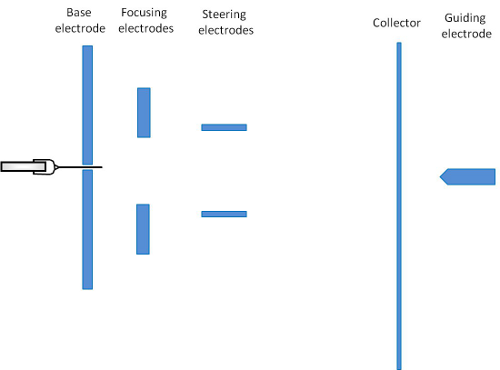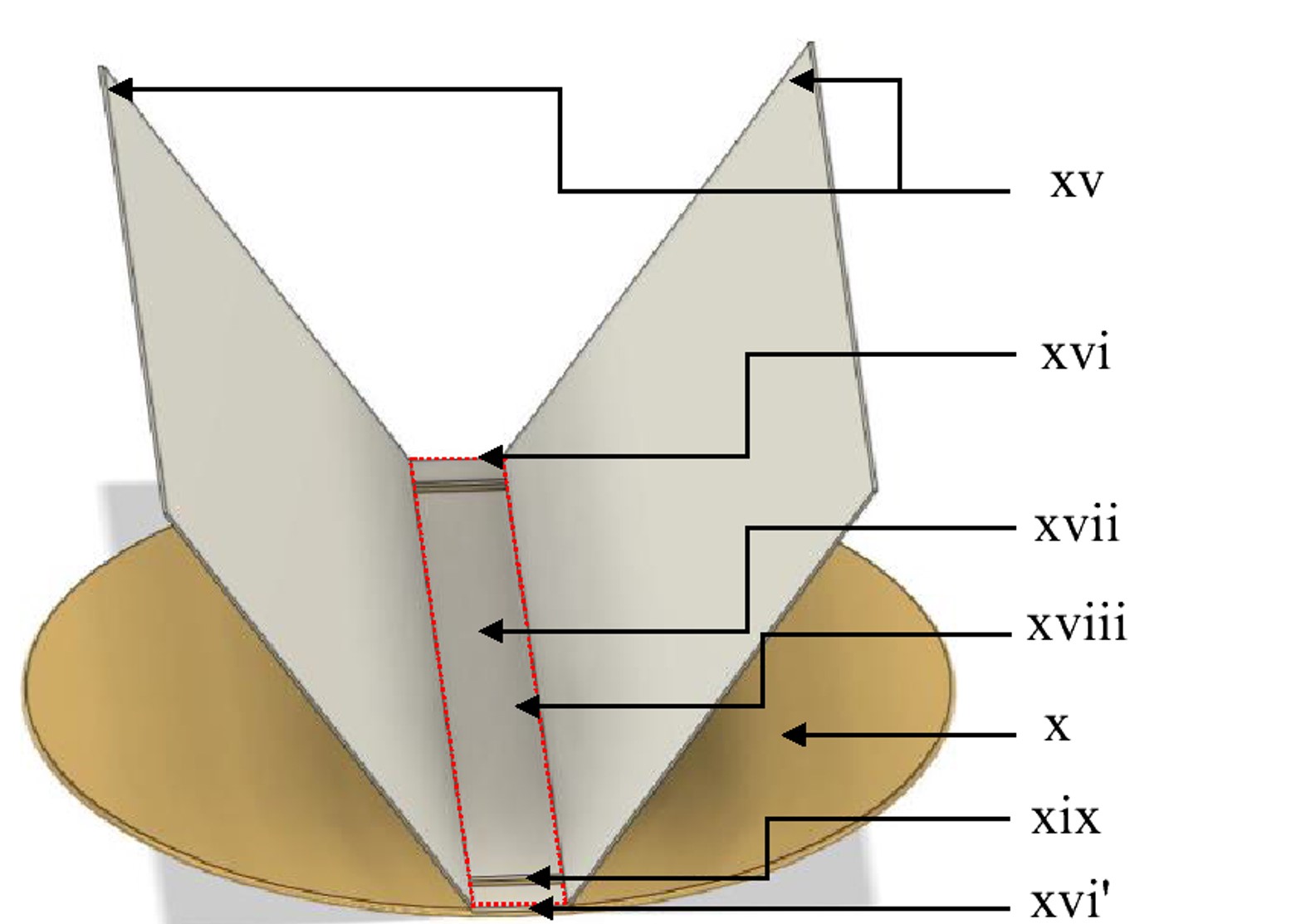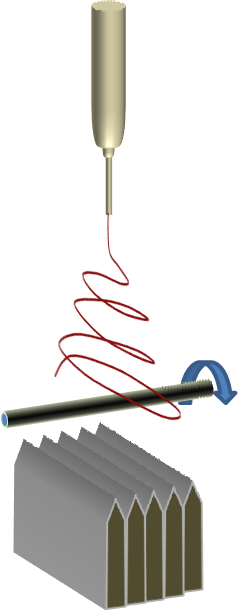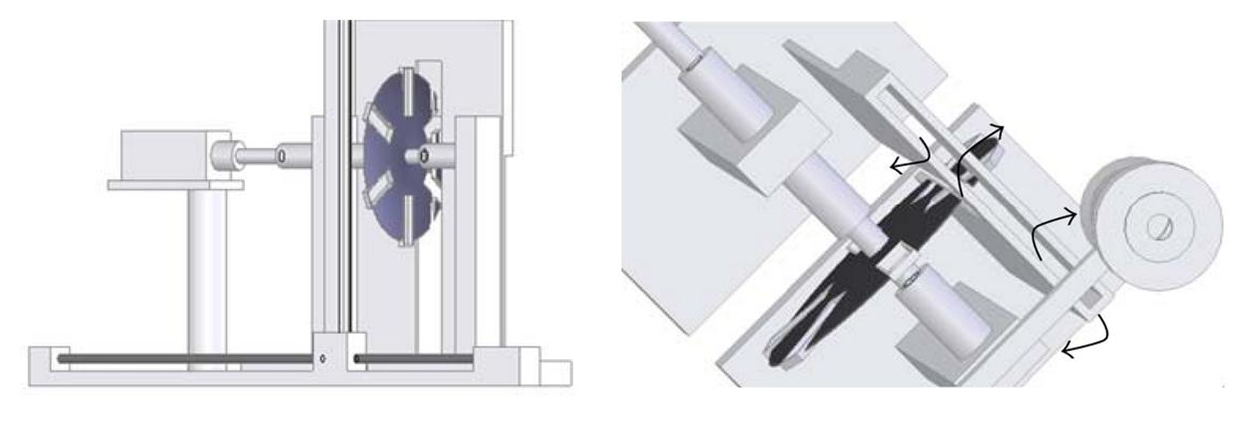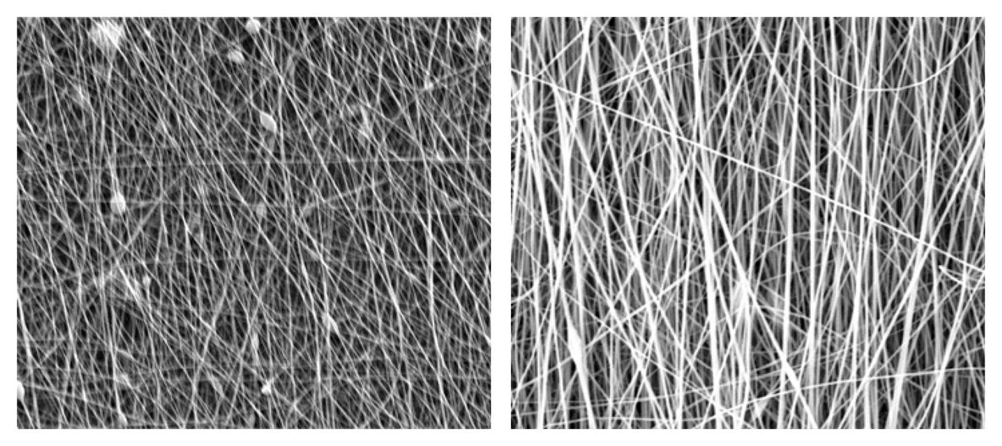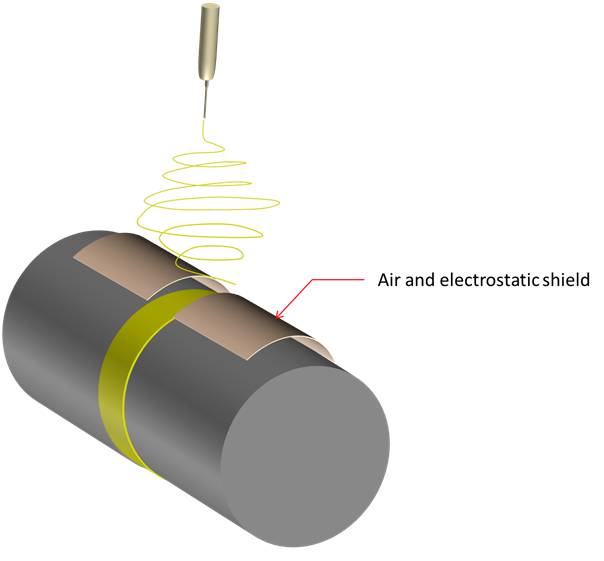▼ Reference
- Afifi A, Nakajima H, Yamane H, Kimura Y, Nakano S. Fabrication of Aligned Poly(L-lactide) Fibers by Electrospinning and Drawing. Macromol. Mater. Eng. 2009; 294: 658.
- Arras M M L, Grasl C, Bergmeister H, Schima H (2012) Electrospinning of aligned fibers with adjustable orientation using auxiliary electrodes. Sci. Technol. Adv. Mater. 13, 035008. Open Access
- Bellan L M, Craighead H G. (2006) Control of an electrospinning jet using electric focusing and jet-steering fields. Journal of Vacuum Science & Technology B 24, pp 3179
- Deitzel J M, Kleinmeyer J D, Hirvonen J K, Tan N C B (2001) Controlled deposition of electrospun poly(ethylene oxide) fibers. Polymer 42 pp. 8163. Open Access
- Edmondson D, Cooper A, Jana S, Wood D, Zhang M.Centrifugal electrospinning of highly aligned polymer nanofibers over a large area. J. Mater. Chem. 2012; 22: 18646.
- Flaig F, Hébraud A, Lobry E, Favier D, Egele A, Kékicheff P, Joanne P, Agbulut O, Schlatter G. Biomimetic three-dimensional scaffolds with aligned electrospun nanofibers and enlarged pores for enhanced cardiac cell colonization. Materials & Design 2024; 248: 113481. https://www.sciencedirect.com/science/article/pii/S0264127524008566 Open Access.
- Gupta A, Seifalian M, Ahmad Z, Edirisinghe M J and Winslet M C (2007) Novel electrohydrodynamic printing of nanocomposite biopolymer scaffolds. J. Bioact. Compat. Polym. 22 pp. 265
- Katta P, Alessandro M, Ramsier R D, Chase G G. Continuous Electrospinning of Aligned Polymer Nanofibers onto a Wire Drum Collector. Nano Letters 2004; 4: 2215.
- Krishnamoorthy T, Thavasi V, Akshara V, Kumar A S, Pliszka D, Mhaisalkar S G, Ramakrishna S. Direct Deposition of Micron-Thick Aligned Ceramic Nanofibrous Film on FTOs by Double-Needle Electrospinning Using Air-Turbulence Shielded Disc Collector. Journal of Nanomaterials 2011; 739241. Open Access
- Lee J, Yoon H, Kim G H (2009) Highly oriented electrospun polycaprolactone micro/nanofibers prepared by a field-controllable electrode and rotating collector. Appl Phys A 97 pp. 559-565. Open Access
- Linder H R, Glass A A, Day D E, Sell s A. Manipulating Air-Gap Electrospinning to Create Aligned Polymer Nanofiber-Wrapped Glass Microfibers for Cortical Bone Tissue Engineering. Bioengineering 2020; 7(4): 165 Open Access
- Nguyen D N, Hwang Y, Moon W. Electrospinning of well-aligned fiber bundles using an End-point Control Assembly method. European Polymer Journal 2016; 77: 54.
- Shao S, Ma T, Fernando G F. Electro-spinning of highly-aligned polyacrylonitrile nano-fibres with continuous spooling. Sci Rep 2021; 11: 21713. Open Access
- Sundaray B, Subramanian V, Natarajan T S, Xiang R Z, Chang C C and Fann W S 2004 Electrospinning of continuous aligned polymer fibers Appl. Phys. Lett. 84 1222
- Teo WE, Kotaki M, Mo X M and Ramakrishna S 2005 Porous tubular structures with controlled fibre orientation using a modified electrospinning method Nanotechnology 16 918
- Theron A, Zussman E and Yarin A L 2001 Electrostatic field-assisted alignment of electrospun nanofibres Nanotechnology 12 384
- Wang W, Stipp P N, Ouaras K, Fathi S, Huang Y Y S. Broad Bandwidth, Self-Powered Acoustic Sensor Created by Dynamic Near-Field Electrospinning of Suspended, Transparent Piezoelectric Nanofiber Mesh. Small 2020, 16, 2000581 Open Access
- Wu Y, Carnell L A, Clark R L (2007) Control of Electrospun Mat width Through the Use of Parallel Auxiliary Electrodes Polymer 48, pp. 5653
- Zhang K, Wang X, Jing D, Yang Y, Zhu M. (2009) Bionic electrospun ultrafine fibrous poly(L-lactic acid) scaffolds with a multi-scale structure. Biomed Mater. 4, 035004
- Zheng G, Jiang J, Wang X, Li W, Yu Z, Lin L. High-aspect-ratio three-dimensional electrospinning via a tip guiding electrode. Materials & Design 2921; 198: 109304 Open Access
▼ Credit and Acknowledgement
Author
Wee-Eong TEO View profile
Email: weeeong@yahoo.com
 ElectrospinTech
ElectrospinTech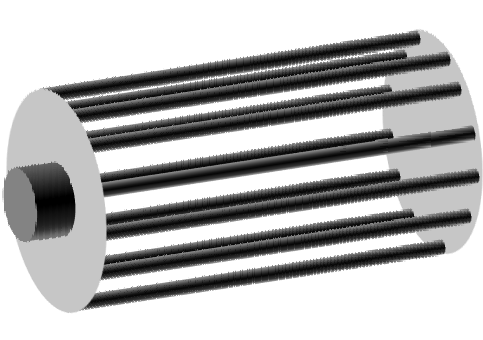
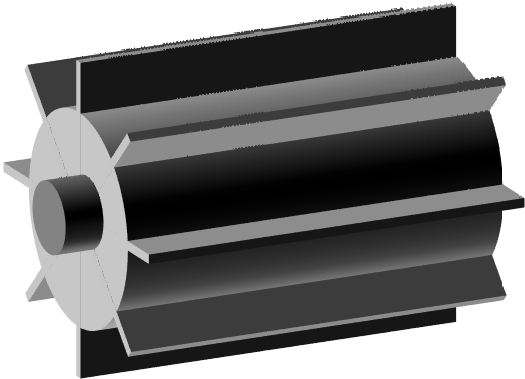
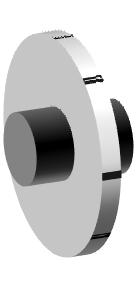
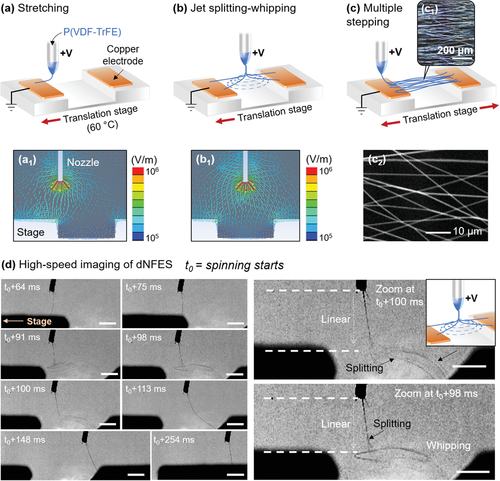
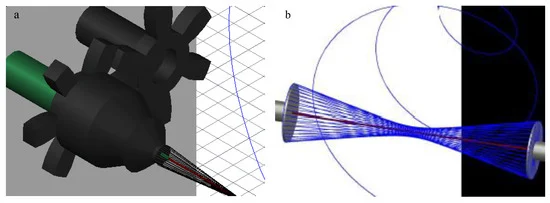 AutoCAD images of (a) the final design of the modified air-gap electrospinning with motor setup, signifying the stationary (green) and rotating (black) parts. (b) A simplified setup demonstrating the wrapping of electrospun fibers (blue) around the glass fiber (red) [Linder et al 2020]
AutoCAD images of (a) the final design of the modified air-gap electrospinning with motor setup, signifying the stationary (green) and rotating (black) parts. (b) A simplified setup demonstrating the wrapping of electrospun fibers (blue) around the glass fiber (red) [Linder et al 2020]

